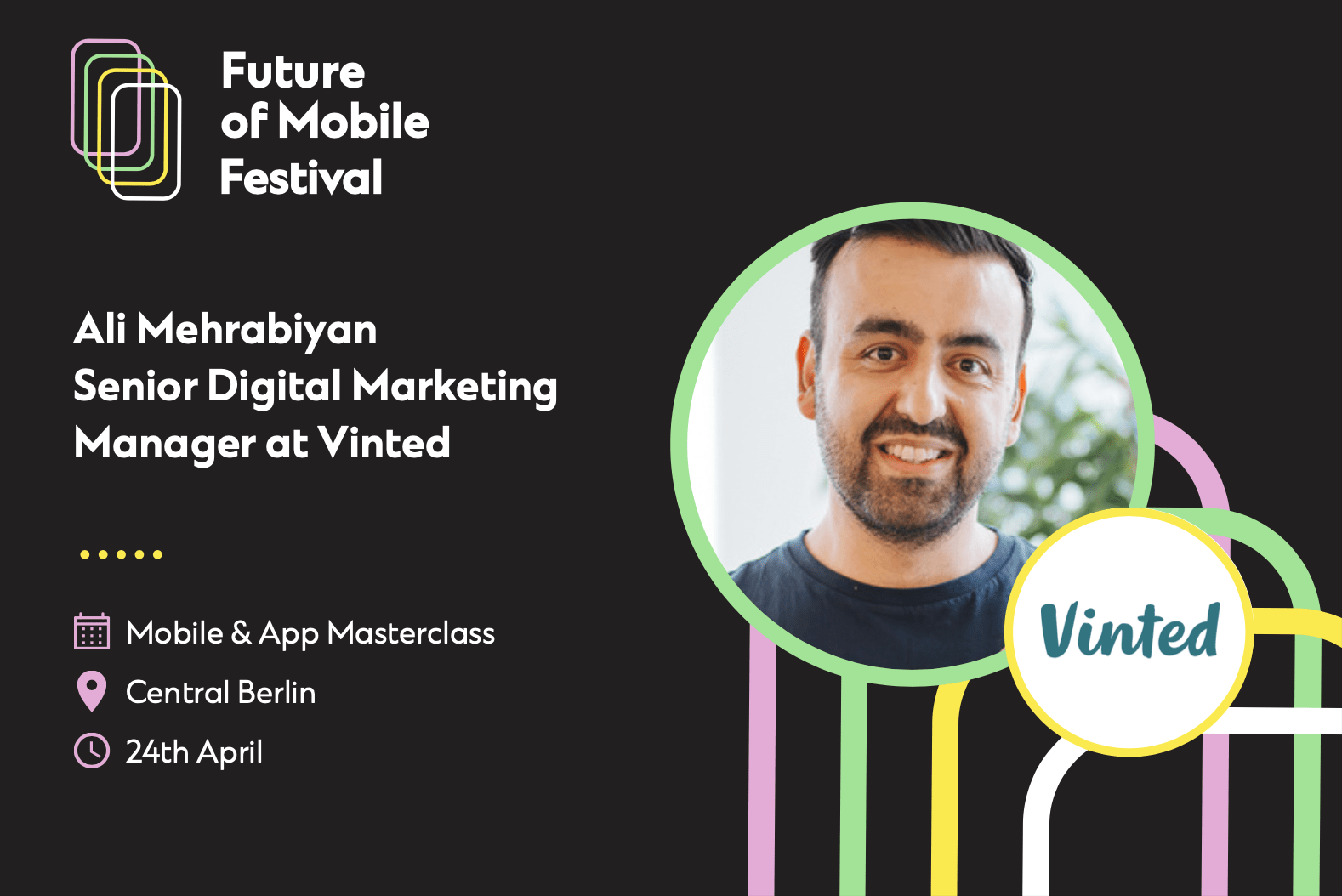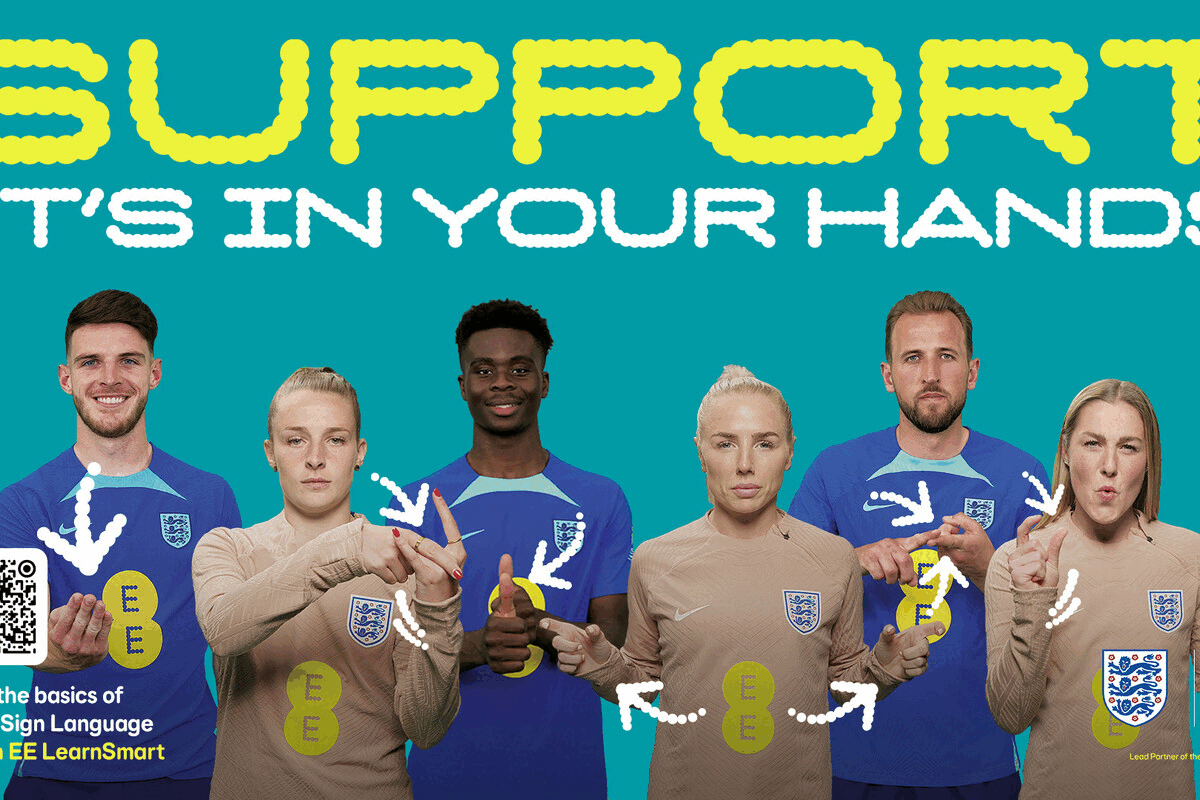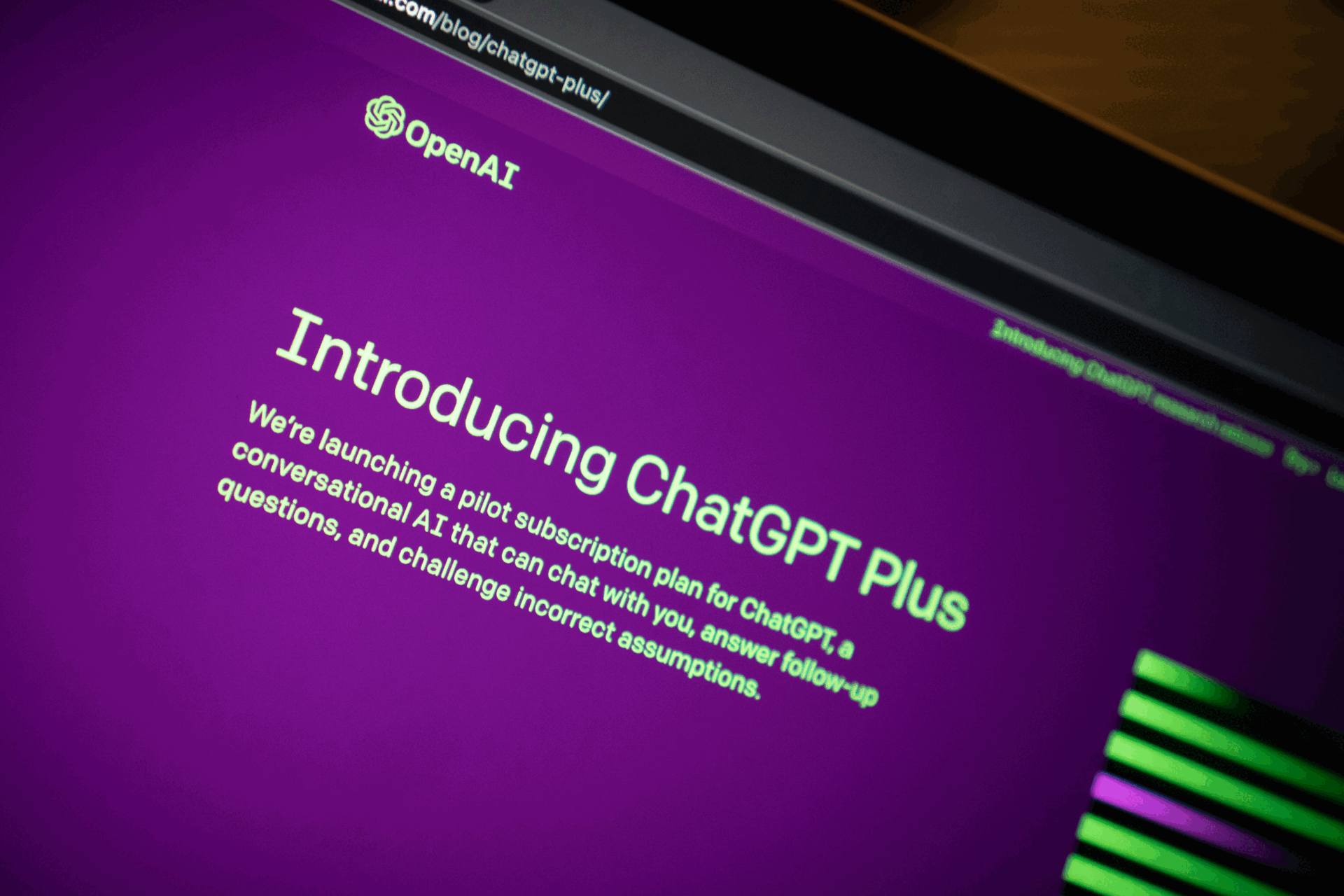What publishers need to do to survive in 2021 and beyond
- Wednesday, January 27th, 2021
- Share this article:
In the first part of a two-part interview, Mobile Marketing talks to Florian Lichtwald, MD & Chief Business Officer at Zeotap, about the future of publishing.
 2020 was set to be a tough year for publishers, even prior to COVID. With declining revenues, and statements from both Google and Apple that will significantly reduce their ability to track users across the web and in-app, publishers are having to rethink their digital business models in addition to dealing with a host of additional marketplace challenges. For Florian Lichtwald, MD & Chief Business Officer at Zeotap, this “transition of the advertising ecosystem”, as he calls it, has been one of two key challenges for publishers this year.
2020 was set to be a tough year for publishers, even prior to COVID. With declining revenues, and statements from both Google and Apple that will significantly reduce their ability to track users across the web and in-app, publishers are having to rethink their digital business models in addition to dealing with a host of additional marketplace challenges. For Florian Lichtwald, MD & Chief Business Officer at Zeotap, this “transition of the advertising ecosystem”, as he calls it, has been one of two key challenges for publishers this year.
“Content regulation has been a big issue for publishers this year and this topic is not going away,” he says. “Users are still concerned around a lack of transparency in digital marketing, and the regulators are keen to address these concerns. Then on top of that you have this reinvention of the ID ecosystem, with everything going on around the death of the cookie and potentially the in-app ad identifiers being under pressure.” In other words, publishers are going to have their work cut out for them as they attempt to develop additional sources of revenue while keeping brands happy by maintaining identity and context to their users.
Personalisation 2.0; or, the Netflix model
As Lichtwald notes, the issue of addressability is key to the concept of personalisation that publishers are so keen on.
“If you look at personalisation, there was a study carried out by Digiday last year which found that 70 percent of the publishers surveyed were already using personalisation strategies and tools,” he says. “Now ultimately, if you think about it, all this is dependent on recognising a user; otherwise, you cannot personalise. You still have first-party cookies of course, but this means the user has to have visited you before, and with the scarce points of contact you have with the user, you need to build a functioning profile, which in many cases is just impossible because they will consume two or three articles and then leave your page again. So you will not be able to determine anything substantial about their profile.”
He adds that publishers are still finding their feet in learning how to convince a user of the value of a login. “When we are speaking to publishers about personalisation, we ask them to think about how they actually generate these logins. How do they make it more native for the user to give their email in order to consume content? And very early on in the discussions, the publisher will tell you that they realise that they have to be more like a Netflix – that they have to generate value for the user by creating a journey which starts on the desktop or starts on the mobile browser and then continues in the app. That’s a seamless transition of content consumption that I think many publishers are struggling with.“
Publishers who have taken the first steps towards personalisation are also increasingly interested in creating more immersive user experiences. Lichtwald points out that while these improved experiences will further incentivise users to log in, it’s also an area “where publishers still lack a lot of competency.” “It’s a lot more than just putting a new pop-up on their site; it’s ultimately how content is presented, how subscription models are involved and how, ultimately, the experience is shaped,” he says. “It’s what I like to call Personalisation 2.0: creating an immersive experience for the consumer where a login is just a necessity.”
To paywall or not to paywall?
According to Lichtwald, paywalls and registration data have become a bigger priority for publishers since Google announced January 2020 that it would be phasing out support for third-party tracking cookies in its Chrome browser starting in 2022. For many publishers, the aim is not to generate instant revenue by requiring a user to pay to read an article, but rather to start to gather their own first-party customer data by requiring users to register to read content, even if they don’t have to pay to access it.
“What we see through our discussions with publishers is that it doesn’t have to be strictly linked to a paywall,” he says. “Logins in general are the key criteria, and you can generate logins through someone giving their data rights to do better bookmarking or just forcing them to log in for the purpose of continuing to read. So it doesn’t always have to be linked to payment, it can just be registration, creating an account. Or it could even just be registering for a newsletter, which is the lightest touch solution.”
“Of course, if they’re following a strategy of generating money from users reading content independent of marketing, then paywalls are the only solution – but by creating the precondition of still having addressability, you do two things. On the one hand, you have a hashed email for the risk of identifiers going away. And what we have seen in the past is that Safari inventory, which is not addressable today, generates less than half of the media CPMs of Chrome inventory. So just by the lack of addressability you lose a lot of revenue today. On the other hand though, publishers could narrow it down to addressable inventory composed of logged-in users only, which is going to be a lot less than today because not everybody will log in on all properties. Those who follow such a strategy will be in a better position as a scarce provider of media inventory linked to addressability, and therefore, will be able to command much higher CPMs. That’s why we also see this as being a revenue-driving strategy.”
From cookies to Universal IDs
But there’s more to it than that. Even if a publisher can convince a user of the value of registering and logging in, they need additional tools in the tech stack in order to use the data they collect in a way that’s both efficient and compliant.
 “This is the Universal ID story,” he explains. “For publishers to connect their users and to keep their inventory connected they need some kind of bridge into the marketing ecosystem. They cannot just take an email a user has trusted them with and try to pass that on to an advertiser. That would be [unsecure] and a violation of privacy, so you need some kind of trusted third party in the middle who actually brokers the identity. That’s companies like Zeotap and LiveRamp, who are out there pushing solutions which are creating intermediary IDs that enable brands to find an audience they want to reach – as they have understood that these are users they can upsell properly, and they are eventually willing to spend more on media if they can reach them in a deterministic way.”
“This is the Universal ID story,” he explains. “For publishers to connect their users and to keep their inventory connected they need some kind of bridge into the marketing ecosystem. They cannot just take an email a user has trusted them with and try to pass that on to an advertiser. That would be [unsecure] and a violation of privacy, so you need some kind of trusted third party in the middle who actually brokers the identity. That’s companies like Zeotap and LiveRamp, who are out there pushing solutions which are creating intermediary IDs that enable brands to find an audience they want to reach – as they have understood that these are users they can upsell properly, and they are eventually willing to spend more on media if they can reach them in a deterministic way.”
“This is where these ID bridges really come in, and will ultimately drive a lot of revenues and media dollars towards the publishers, as long as they manage to connect their media to these ID solutions. Ultimately, that’s going to be the go-to solution every time you want to create one-on-one addressability, based on deterministic linkages.”
Why now is the right time to address all things identity
And yet, if cookies will only become fully obsolete in 2022, why should publishers care about adopting a Universal ID solution now? As Lichtwald notes, the longer publishers delay, the harder it will be for them to adapt to the new system. Despite this, Lichtwald says he does sense a lack of urgency among many publishers to address the addressability issue.
“In many cases, publishers are looking at Google’s plans and thinking they still have a year or more, because this isn’t happening until 2022, but the reality is different and by not acting on this right now, they are putting themselves in a worse spot in the future. Publishers today are also missing out on addressability in Safari, and that’s costing them a lot of money already, as Safari in the western world is reaching a market share of 50 per cent and more. You could be seeing potentially 60 per cent lower media CPMs.”
“It’s understandable that many publishers see a value in catching up on media revenues in 2020, given the first half-year was really slow, so there is a priority on executing these media strategies now. They need to recover revenues but also, they need to future-proof.
By not taking action now, publishers are setting themselves up for greater struggles in the future. 2021 is shaping up to be another challenging year, but by proactively reconfiguring the online user experience to incentivise logins through paywall experimentation and offer personalised services, companies will face an easier transition to the cookie-less world of 2022.”
Tune in next Wednesday for part two of our interiew with Florian Lichtwald.
















